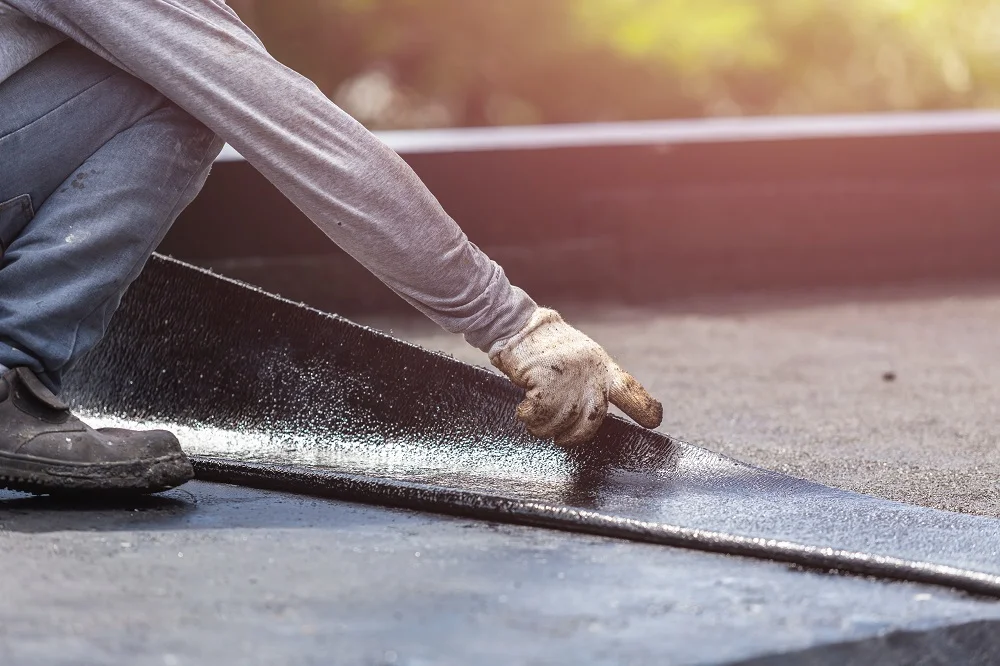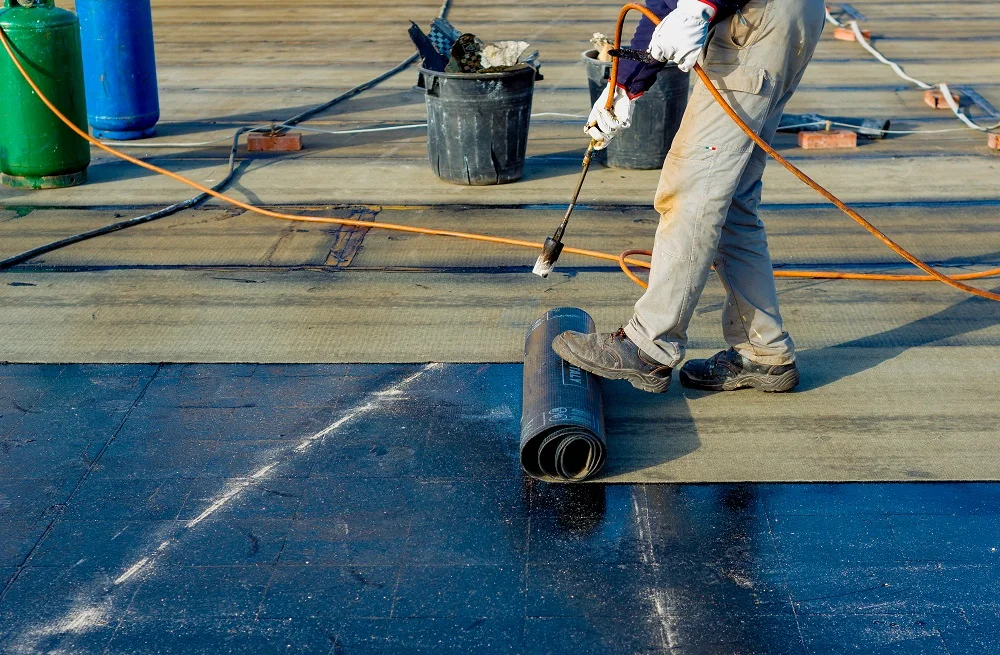7 Tips To Keep Your Basement Dry
RH Business Marketing Solutions
7 Tips to Keep Your Basement Dry
Dampness in the basement is an issue that the majority of us will face at one moment in life and when that happens, we need to be ready to act quickly to prevent any lasting damage. In order to be able to achieve this, we need to be well-informed on possible water problems and find the best way to keep them from occurring. In order to help you out with this, we’ve prepared a list of seven amazing tips on how to keep your basement dry. Let’s take a look!
1. Get Rid of Excess Humidity
Indoor humidity is a common problem which makes it hard for us to keep our basements moisture-free. It’s essential to address the issue as soon as possible before it leads to the appearance of mould which can ruin the walls. You can start by sealing leaky dryer vents with foil tape since this will prevent humid air from getting into your basement. Furthermore, feel free to give a dehumidifier a try as well since this device has been shown to effectively absorb excess moisture and thus keep this area dry. Finally, don’t forget to close your basement windows whenever it’s wet outside.
2. Pay Attention to Landscaping
Another issue which can occur is that water starts accumulating around your foundation and then getting into your basement. In order to avoid this inconvenience, you must make sure to improve your landscaping so that the ground would slope away from your house. Only this way will you be able to get rid of all those stubborn puddles which form after every rainfall.
3. Opt For Water-Resistant Paint
Moisture and condensation can weaken our basement walls and make them look rundown. Luckily, we have a solution for you – water-resistant paint. Even though it may require a larger investment, it will definitely pay off in the long run since you won’t need to repaint your entire basement every year.
4. Install a Quality Drainage System
If you want to be on the safe side and keep your basement 100% moisture-free, then a high-quality basement drainage system is your number one ally. It is designed in the form of drainage sheets that serve to protect the foundation as well as the underground structures. Additionally, its vertical stud structure is created in such a way to effectively capture high water loads and thus keep your basement safe.
5. Plug All Holes and Cracks
Even though plugging holes and cracks in the foundation is not a permanent solution to potential leaks, it will definitely help reduce moisture in your basement to a certain extent. So, no matter how small these cracks may seem to you, you should patch them up as soon as possible with hydraulic cement that has been shown to be the best option since it is resistant to water. However, in order to achieve the best results, make sure to clean the surface carefully before applying it and use a mechanical mixer in order to get a uniform blend.
6. Install Downspouts and Gutters
The lack of an efficient system for accumulating rain and melting snow can be a serious issue and prevent you from keeping your basement dry. So, instead of letting all that water just pour down your home until it reaches the foundation, don’t hesitate to redirect it by installing quality gutters and downspouts which should be at least five feet away from your home’s structure. Owing to them, you won’t have to worry that your basement will end up flooded during sudden summer storms.
7. Insulate Your Pipes
Last but not least, insulating your cold-water pipes will definitely prevent condensation and consequently reduce humidity in your basement. On top of that, you won’t have to deal with constant water dripping from the pipes that can slowly turn your well-maintained basement into a real swamp. What’s even more important, foam pipe wrap which is mainly used for this purpose is extremely affordable and will even keep the pipes from freezing during the long winter months. In other words, this is a small investment that will pay off in the near future.
As you can see, keeping one’s basement free of humidity and water that is coming from the outside doesn’t have to be hard at all. However, you need to create a list of priorities and focus on most permanent solutions to the issue. Lastly, remember that reacting promptly is what matters the most so don’t turn a blind eye even on the tiniest leaks and wall cracks.
About the author:
Tracey Clayton is a working mom of three girls. She’s passionate about fashion, home décor, and healthy living. Her motto is: “Live the life you love, love the life you live.”





